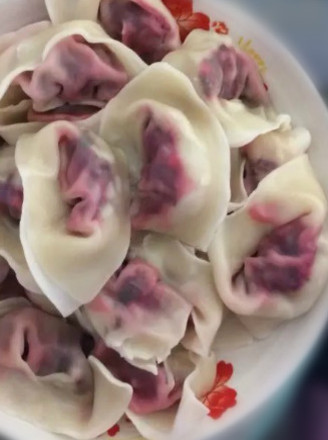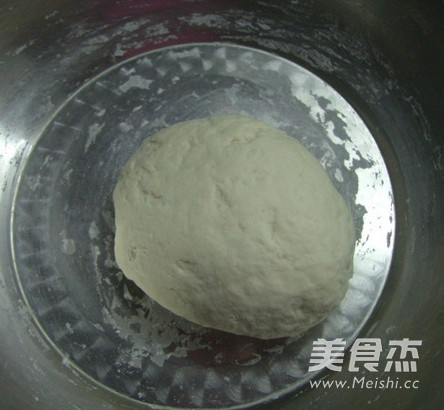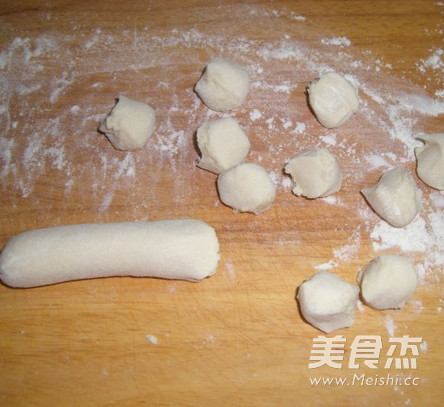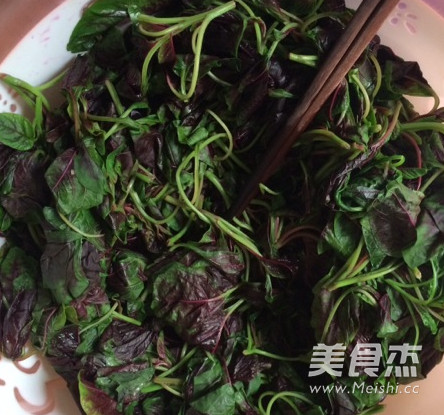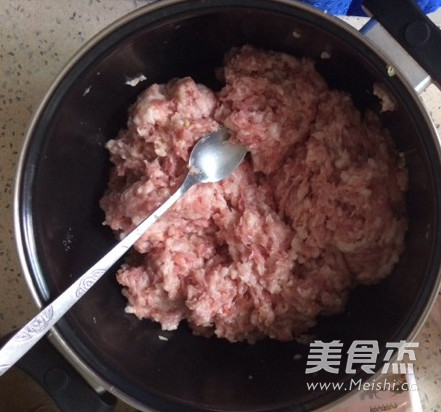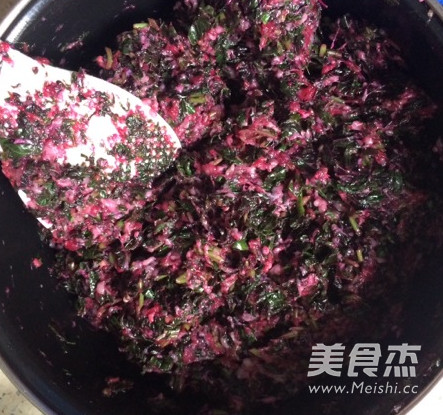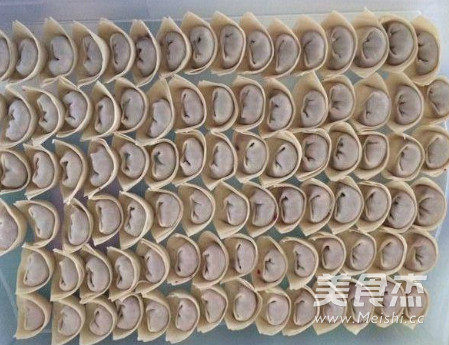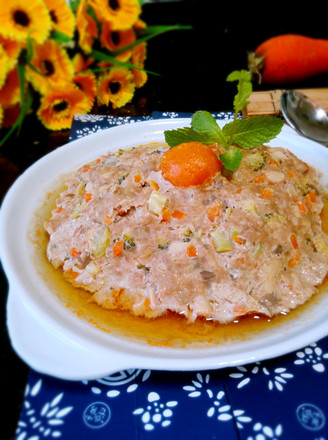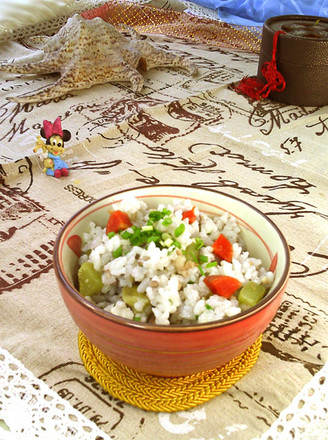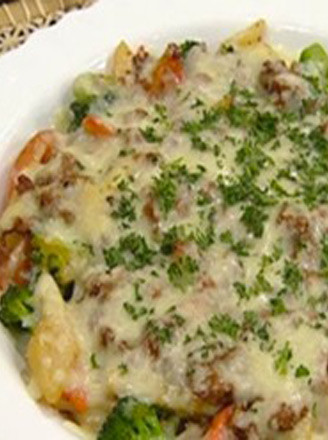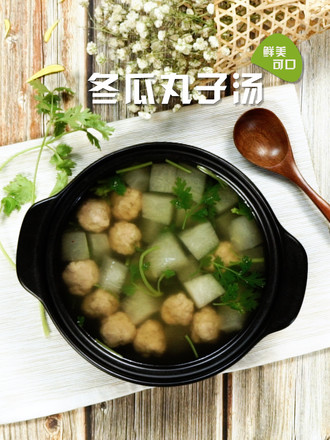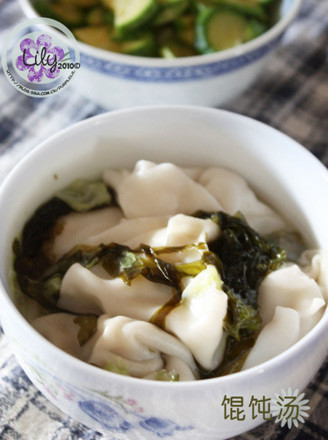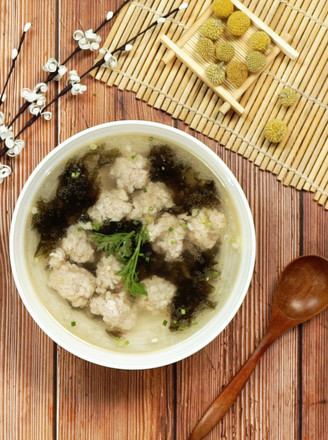Wontons with Amaranth Stuffing
1.
Use warm water to add 10 grams of salt to the flour and form a slightly harder dough (water cannot be mixed in at one time, it should be mixed with water as appropriate according to the climate and the quality of the flour), covered with plastic wrap and proofed for 20 minutes
2.
After the proofed dough is rubbed into a long cylinder, use a knife to divide everything into four sections (the rest are placed in a basin, covered with a lid for later use), take one section of the dough and use your hand to pull it into a small dough, and cut it with a knife. can
3.
Sprinkle some flour evenly on the small flour agent, round and press flat
4.
Roll out the dough with a thick middle and thin edges (the middle is thick to prevent the filling from leaking out, and the edges are thin and taste good)
5.
Wash the amaranth, blanch it with boiling water, remove it and let it cool and squeeze it dry for later use
6.
Add 5 grams of salt and cooking wine to the pork filling, beat in an egg, and mix well
7.
Chop amaranth, add 7 grams of salt, and mix well with pork
8.
I started to pack the wontons. Since the fillings are looser, the amount should be smaller, or the wonton wrappers will not be broken. Place the filling on the upper and middle ends of the crust, fold the crust inward, and place the filling on the lower half of the double crust. The upper half is the two layers of crust. Then, after folding in half, bend the left and right ends forward to make the corners of the crust. Just squeeze it tightly, if the skin is dry, you can get a little water
9.
Boil a large pot of water, bring to the boil, sprinkle 3 grams of salt, add the wontons, just push it away with a spatula, or it will stick, wait for the water to boil, add a small bowl of cold water, and bring it to a boil Can be pulled out of the pot

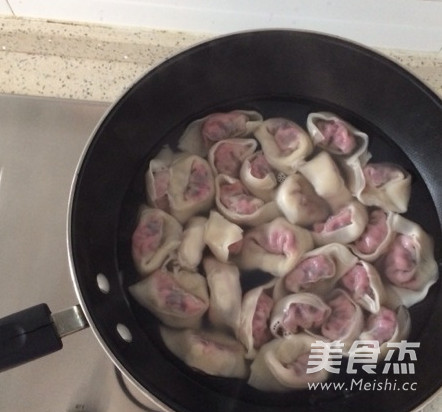
Tips:
1. Wrap the small wonton with meat filling, dip around the skin with water, pinch it, the shape is arbitrary, as long as it doesn't break.
2. Mix flour with 50-60% warm water. It is best to put an egg and knead thoroughly
3. Water cannot be mixed in at one time. Because too much water is mixed at one time, the powder cannot be absorbed for a while, and the water will overflow and lose the water, but the mixing will be uneven. Therefore, the water should be added in stages, depending on the climate and the quality of the flour. Mix water as appropriate. When the noodles and water are mixed into a snowflake state, pound them vigorously and knead repeatedly until the dough is very smooth and does not stick to your hands. After the dough is prepared, it must be placed in a basin or chopping board, covered with a clean damp cloth, and allowed to stand for some time, that is, "饧面". The noodles time is generally 10-15 minutes, and some up to half an hour. When the dough is about to be formed, the hands must be "kneaded hard" to ensure the quality of the finished product.

